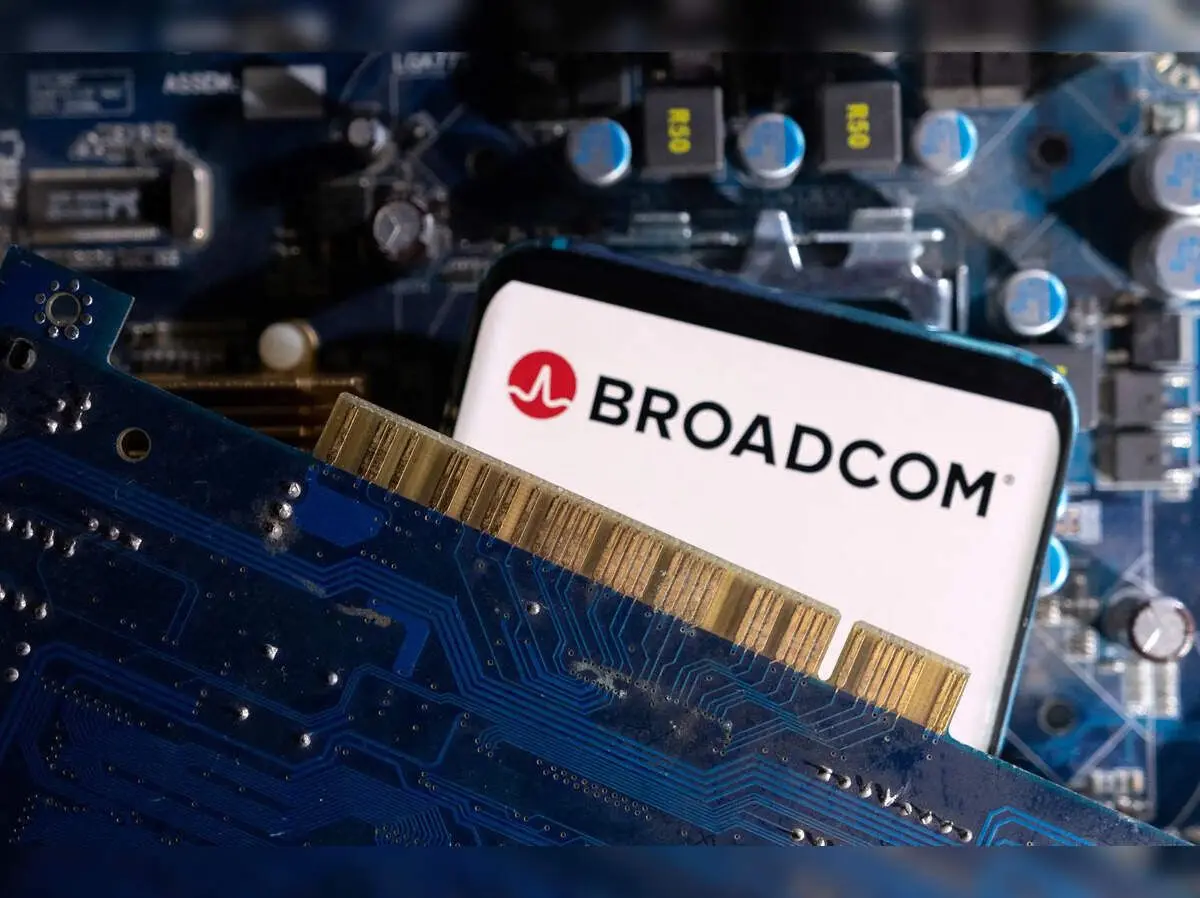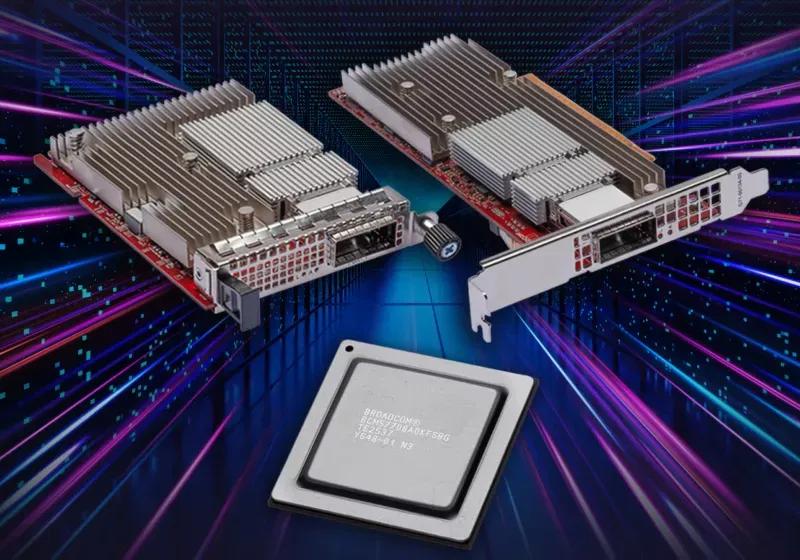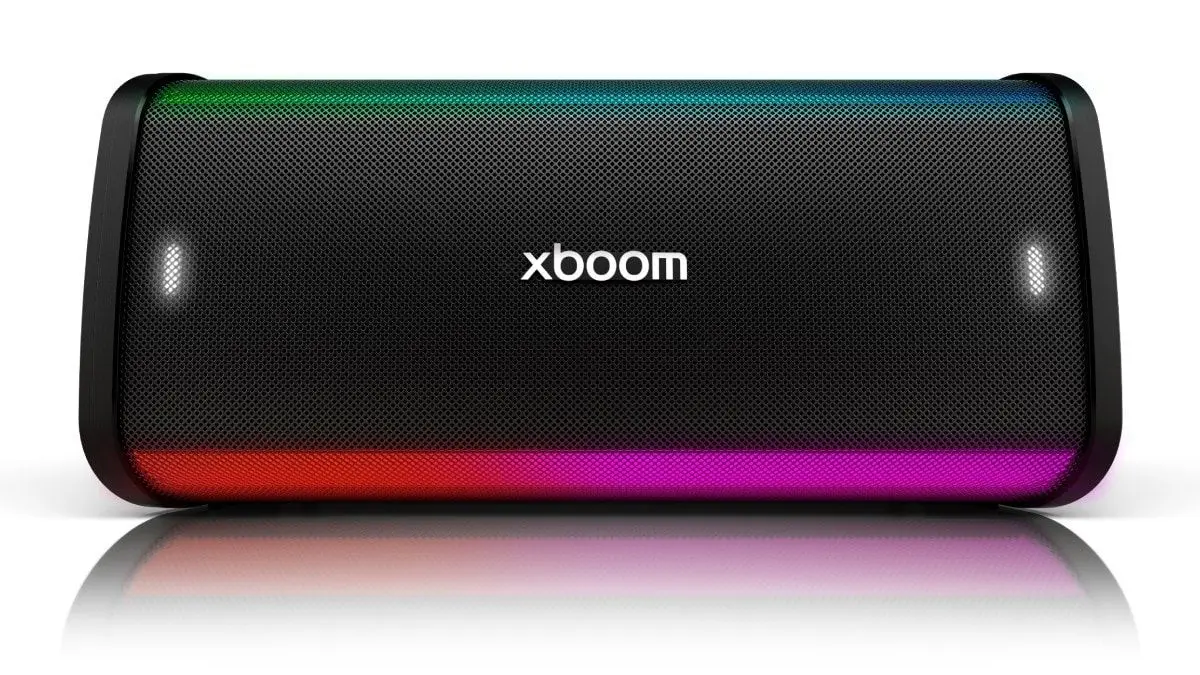Broadcom's Tomahawk Ultra: Revolutionizing Ethernet for AI and HPC
2 Sources
2 Sources
[1]
Broadcom's Tomahawk Ultra asks why UALink over Ethernet?
Chip vendors like AMD may be closing the gap with Nvidia on GPU FLOPS, memory bandwidth, and HBM capacity, but without a high-speed interconnect and switch, like NVLink and NVSwitch, their ability to scale that performance remains limited. These technologies have allowed Nvidia to build rack-scale systems with 72 GPUs, while Intel and AMD are still stuck at eight. To get around this limitation, many in the industry have thrown their weight behind the emerging Ultra Accelerator Link (UALink) protocol, an open alternative to Nvidia's NVLink. But not everyone agrees that a new protocol is necessary or is willing to wait for the first UALink hardware to be taped out. Once a founding member of the UALink consortium, Broadcom now believes that Ethernet is more than capable of getting the job done sooner. "There is a huge benefit to having the same technology for all parts of the network," Pete Del Vecchio, product line manager for Broadcom's Tomahawk line, told El Reg. "There's a lot of goodness that comes with using Ethernet as far as monitoring, telemetry, and debugging tools. That's why we just don't think UALink is going to go anywhere." Broadcom hasn't turned in its UALink membership card just yet. It still has a voice at the table, and Del Vecchio won't rule out the possibility of a UALink switch down the line. But as things stand, it's not on the roadmap, he said. "Our position is you don't need to have some spec that's under development that maybe you'll have a chip a couple of years from now," Del Vecchio said. Instead, Broadcom is pushing ahead with a competing technology it's calling scale-up Ethernet, or SUE for short. The technology, Broadcom claims, will support scale-up systems with at least 1,024 accelerators using any Ethernet platform. For comparison, Nvidia says its NVLink switch tech can support 576 accelerators, though to date we're not aware of any deployments that scale beyond 72 GPU sockets. Broadcom's headline silicon for SUE is the newly announced Tomahawk Ultra, a 51.2 Tbps switch ASIC that's been specifically tuned to compete with Nvidia's InfiniBand in traditional supercomputers and HPC clusters, as well as NVLink in rack-scale-style deployments akin to Nvidia's GB200 NVL72 or AMD's Helios. In case you're wondering, while Tomahawk Ultra does share the same package and is pin-compatible with Broadcom's Tomahawk 5 (TH5), it's completely different silicon under the hood. Along with having a relatively large radix with 512 x 100 Gbps serializer deserializers (SerDes), the chipset has been tuned specifically for high-performance networks and will purportedly deliver latency as low as 250 nanoseconds while pushing around 64-byte packets as much as 77 billion times a second. This is significant as these smaller packets are common in HPC systems and can prove problematic for networking kit not equipped for the higher message rates that come along with them. Tomahawk Ultra gets around this in part by implementing an optimized Ethernet header that allows for larger payloads even when dealing with smaller packets. The chip also features a full complement of congestion control mechanisms, including forward error correction and credit-based flow control to mitigate packet loss while maintaining compatibility with existing Ethernet NICs and DPUs. The switch also offers support for in-network collection, which Nvidia calls SHARP in its NVLink switches and allows operations like all-reduce to be offloaded onto the network, which has the benefit of improving network efficiency by reducing the amount of bandwidth required to complete these operations. Speaking of scale-up switch architectures, compared to Nvidia's fifth-gen NVLink switches, Tomahawk Ultra offers just under twice the bandwidth at 51.2 Tbps versus 28.8 Tbps. That means using the same number of switches as we see in Nvidia's 72-GPU NVL systems, Broadcom could support a scale-up fabric with 128 accelerators. Against UALink, Del Vecchio claims Tomahawk Ultra already offers better latency, though that claim is hard to assess until the first hardware actually ships. As Kutis Bowman, director of architecture and strategy at AMD and chairman of the UALink Consortium, recently told our sibling site The Next Platform, the consortium expects switch latency in the 100-150 ns range, which, if they can pull it off, could give the protocol an edge in certain applications. With that said, we'll have to wait and see just how Broadcom's latest silicon actually stacks up against NVLink and eventually UALink in the real world. Thankfully, we shouldn't have to wait long. Broadcom says Tomahawk Ultra ASICs are already shipping to customers, and since they're pin-compatible with TH5, it should be relatively straightforward to repurpose existing switch chassis. Of course, just because UALink hardware hasn't hit the market doesn't mean the protocol is out of reach for AMD or Intel. Back in April, the UALink consortium published its first spec, and at its Advancing AI event in June, AMD revealed its Helios rack systems, which will use both UALink and Ethernet for its scale-up fabric. That's right - for its first rack-scale systems, AMD will be tunneling the UALink protocol over conventional Ethernet switches, which means that AMD will start working out any potential gremlins in the v1.0 spec while its network partners are still bringing their first UALink silicon to market. "Other transport protocols, such as UALink or Infinity Fabric, can be transported over Ethernet. If you already have silicon that already does the low latency, high reliability, talk whatever you want, just do it over Ethernet," Robin Grindley, a principal product line manager at Broadcom, told us. However, tunneling UALink over Ethernet isn't exactly ideal. Most notably, there's no way you're going to be getting anywhere close to UALink's 100-150 ns target. On the other hand, you can't ship what you don't have, and if AMD waited until 2027 to bring its Helios rack to market, it'd have to contend with Nvidia's 600 kW, 144-GPU-socket Kyber systems instead. ®
[2]
Broadcom Inc. Ships Tomahawk Ultra: Reimagining the Ethernet Switch for HPC and AI Scale-Up
Broadcom Inc. announced the shipment of its breakthrough Ethernet switch -- the Tomahawk Ultra. Engineered to transform the Ethernet switch for high-performance computing (HPC) and AI workloads, Tomahawk Ultra delivers ultra-low latency, massive throughput, and lossless networking. Built from the ground up to meet the extreme demands of HPC environments and tightly coupled AI clusters, Tomahawk Ultra redefines what an Ethernet switch can deliver. Long perceived as higher-latency and lossy, Ethernet takes on a new role: Ultra-low latency: Achieves 250ns switch latency at full 51.2 Tbps throughput. High performance: Delivers line-rate switching performance even at minimum packet sizes of 64 bytes, supporting up to 77 billion packets per second. Adaptable, optimized Ethernet headers: Reduces header overhead from 46 bytes down to as low as 10 bytes, while maintaining full Ethernet compliance --boosting network efficiency and enabling flexible, application-specific optimizations. Lossless fabric: Implements Link Layer Retry (LLR) and Credit-Based Flow Control (CBFC) to eliminate packet loss and ensure reliability. With 250ns latency, 51.2 Tbps switching, and advanced features like Link Layer Retry, In-Network Collectives, and the AI Fabric header, it delivers the performance, reliability, and efficiency its customers need for AI at scale. Thanks to pin compatibility with Tomahawk 5, Micas can rapidly bring Tomahawk Ultra-based systems to market, enabling seamless upgrades to meet the demands of next-generation AI infrastructure.
Share
Share
Copy Link
Broadcom introduces Tomahawk Ultra, a groundbreaking Ethernet switch designed for AI and HPC workloads, challenging the need for specialized protocols like UALink and competing with Nvidia's NVLink technology.
Broadcom's Tomahawk Ultra: A Game-Changer for AI and HPC Networking
Broadcom has announced the shipment of its groundbreaking Ethernet switch, the Tomahawk Ultra, designed to revolutionize high-performance computing (HPC) and AI workloads. This new switch challenges the notion that specialized protocols like Ultra Accelerator Link (UALink) or Nvidia's NVLink are necessary for scale-up computing in AI and HPC environments
1
2
.Key Features and Performance
The Tomahawk Ultra boasts impressive specifications that put it in direct competition with specialized interconnects:
- Ultra-low latency: Achieves 250 nanoseconds switch latency at full 51.2 Tbps throughput
2
. - High performance: Capable of processing up to 77 billion packets per second, even with minimum packet sizes of 64 bytes
1
. - Scalability: Supports scale-up systems with at least 1,024 accelerators, potentially doubling Nvidia's current capabilities
1
. - Lossless fabric: Implements Link Layer Retry (LLR) and Credit-Based Flow Control (CBFC) to eliminate packet loss and ensure reliability
2
.
Broadcom's Strategy: Scale-up Ethernet (SUE)
Broadcom is promoting a technology called scale-up Ethernet (SUE) as an alternative to specialized protocols. Pete Del Vecchio, product line manager for Broadcom's Tomahawk line, emphasized the benefits of using Ethernet for all parts of the network, including monitoring, telemetry, and debugging tools
1
.Comparison with Competitors
The Tomahawk Ultra offers significant advantages over its competitors:
- Bandwidth: At 51.2 Tbps, it provides nearly twice the bandwidth of Nvidia's fifth-gen NVLink switches (28 Tbps)
1
. - Latency: Broadcom claims better latency than UALink, although this is difficult to verify until UALink hardware ships
1
. - Compatibility: Pin-compatible with Tomahawk 5, allowing for easy upgrades to existing switch chassis
1
2
.
Related Stories
Industry Implications
The introduction of Tomahawk Ultra could have far-reaching effects on the AI and HPC networking landscape:
- Challenge to specialized protocols: Broadcom's approach questions the necessity of new protocols like UALink
1
. - Ethernet optimization: The switch features adaptable, optimized Ethernet headers, reducing overhead while maintaining compliance
2
. - Potential industry shift: Success of Tomahawk Ultra could lead to broader adoption of Ethernet in HPC and AI clusters.
Broadcom's Position in the Market
While Broadcom remains a member of the UALink consortium, it's clear that the company is betting on Ethernet's potential in the HPC and AI space. Robin Grindley, a principal product line manager at Broadcom, noted that other transport protocols like UALink or Infinity Fabric can be transported over Ethernet if necessary
1
.As the AI and HPC markets continue to evolve rapidly, Broadcom's Tomahawk Ultra represents a significant development in networking technology. Its ability to compete with specialized protocols while leveraging the widespread adoption and tooling of Ethernet could potentially reshape the landscape of high-performance interconnects for AI and scientific computing.
References
Summarized by
Navi
[1]
Related Stories
Recent Highlights
1
Meta acquires Manus for $2 billion, adding revenue-generating AI agents to its platforms
Business and Economy

2
Nvidia locks in $20 billion Groq deal, securing AI chip rival's technology and talent
Business and Economy

3
Geoffrey Hinton warns AI job replacement will accelerate in 2026 as systems gain new capabilities
Technology








